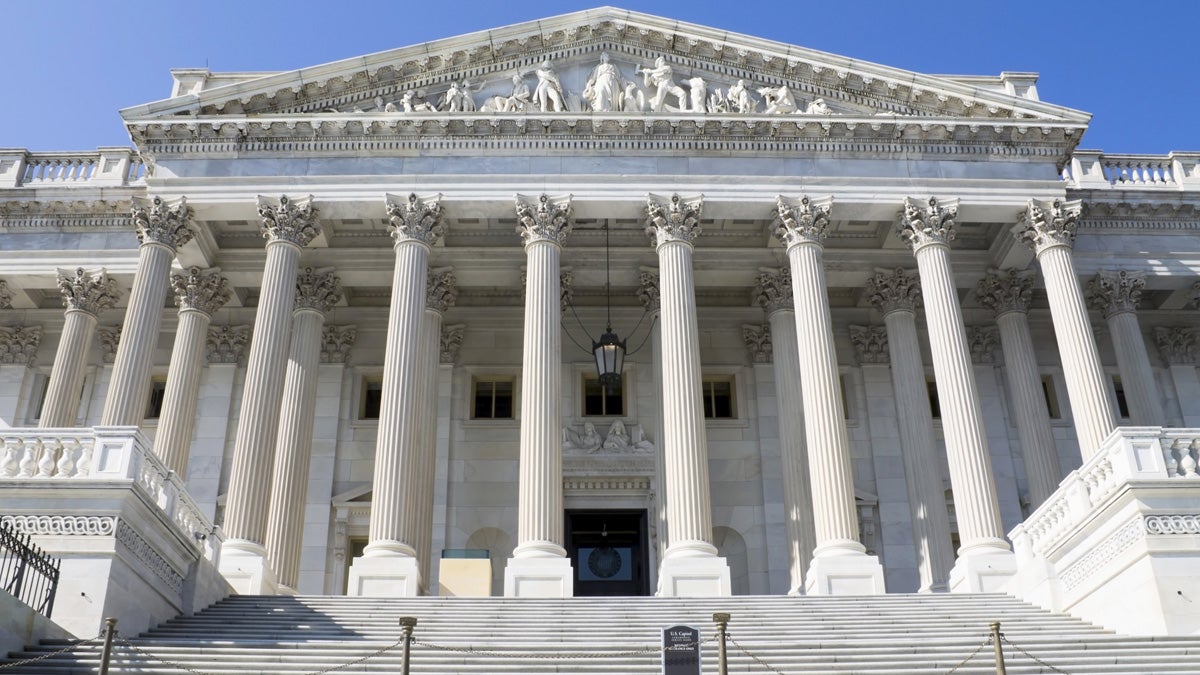Pa. power plants face uncertainty after mercury ruling
 Photo via ShutterStock) " title="shutterstock_150004367" width="1" height="1"/>
Photo via ShutterStock) " title="shutterstock_150004367" width="1" height="1"/>
The U.S. Supreme Court has ruled that federal regulators were 'unreasonable' in ignoring costs when they decided to limit air toxins from power plants. (Photo via ShutterStock)
The U.S. Supreme Court has ruled that federal regulators were “unreasonable” in ignoring costs when they decided to limit air toxics from power plants, a setback for the Environmental Protection Agency that may prove temporary.
The EPA rule regulating mercury and other air toxics has been kicked back to a lower court in Washington, D.C., and will likely need to be reworked to take costs into account.
In a statement, an EPA representative said the agency was “disappointed” in the ruling, “but this rule was issued more than three years ago, investments have been made and most plants are already well on their way to compliance. “
In Pennsylvania, which generates about a third of its electricity from coal, the decision could still have an impact.
About a dozen oil and coal-fired power facilities in the state have not yet met the new standards for reduced emissions of mercury, arsenic, lead and other toxins.
Now, these plants are in regulatory limbo.
“They’re waiting for another rule, these plants that have gotten extensions, they’re going to have to decide what to do,” said Clean Air Task Force lawyer Ann Weeks, who has been working on the legal case for Citizens for Pennsylvania’s Future and a handful of other environmental groups.
The Mercury and Air Toxics Standards rule went into effect in April, but individual power plants could apply for extensions. Most Pennsylvania power plants with extensions have until April of 2016 to comply.
The rule is still in effect until the lower court in Washington, D.C., decides what to do with it.
Weeks said her group will petition the lower court to keep the standards in effect during legal proceedings and while the EPA makes any potential revisions. The utility industry is likely to argue for the current rule to be suspended.
Since 2011, the year the EPA rule was finalized, 11 coal and oil-fired electricity-generating facilities in Pennsylvania have been retired, according to data from the Pennsylvania Department of Environmental Protection.
“In addition to state and federal environmental regulations, coal-fired power plant operators face economic challenges from other competitive power sources and low growth in electricity use,” said Ray Dotter, a spokesman for the regional transmission organization PJM.
It is highly unlikely any of these plants will reopen, but “plants that have petitions for extensions, hopefully this allows them to maintain their presence in the energy portfolio for the commonwealth,” said John Pippy, CEO of the Pennsylvania Coal Alliance, whose predecessor organization filed in support of the challengers to the EPA.
Pippy, who said he sees the decision as rejecting the EPA’s rule-making process, said he is pleased that it “specifically takes into account the costs imposed by this rule on the economy, the rate-payers, and jobs.”
Industry groups and 21 states, including Pennsylvania, challenged the rule, which the EPA estimated would cost the industry $9.6 billion in 2016.
The federal agency justified the cost by saying that each dollar spent would result in up to $9 in health benefits.
In Pennsylvania, the EPA estimated the new standards would prevent up to 530 premature deaths and create up to $4.4 billion in health benefits in 2016.
Environmentalists and elected officials in New Jersey have long complained about polluted air wafting over from Pennsylvania and the Midwest.
“This is a kick in the stomach for public health protections,” said Doug O’Malley, director of Environment New Jersey, of the Supreme Court decision.
Releases of mercury from power plants can damage children’s nervous systems, and they can work their way into the food chain by contaminating waterways.
The rule would also reduce emissions of sulfur dioxide and fine particles, which would cut airborne soot levels in the U.S.
WHYY is your source for fact-based, in-depth journalism and information. As a nonprofit organization, we rely on financial support from readers like you. Please give today.

